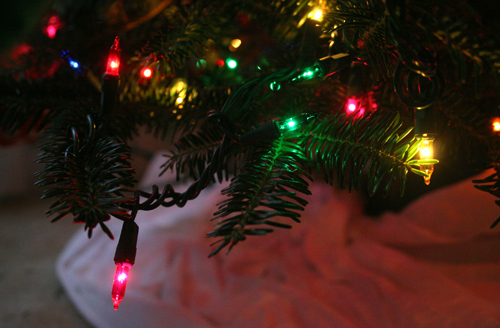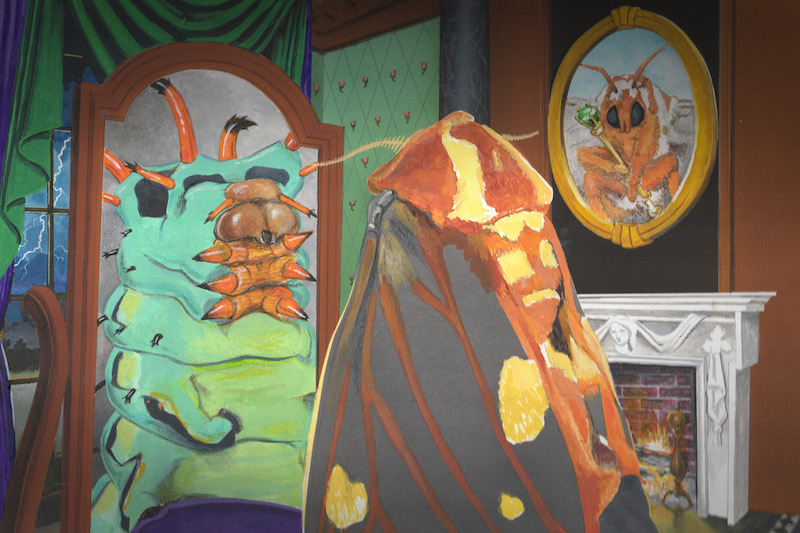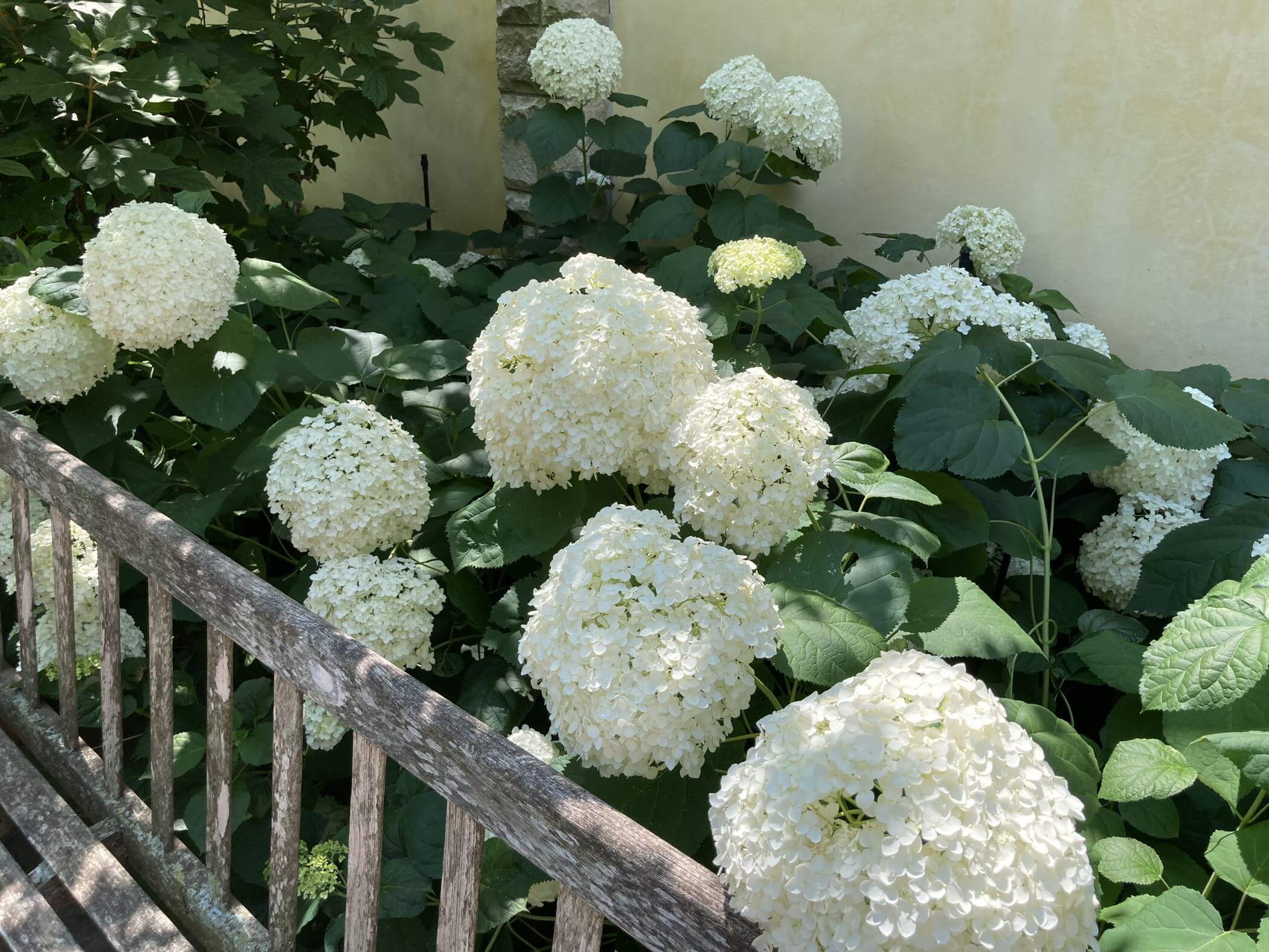Many families, mine included, select and decorate their Christmas tree on the weekend after Thanksgiving. Live Christmas trees have been brought into homes and decorated during the holiday season for more than 500 years. The attractiveness, fragrance and tradition of a live tree cannot be matched with artificial substitutes.
There are several key factors to keep in mind when selecting a live tree. Measure the height of the ceiling in the room where the tree will be displayed and select a tree at least one foot shorter than the ceiling height. Shake the tree to be sure the needles are firmly attached. Inspect the tree for insects by bouncing the tree on pavement to dislodge any insects. If you find insects, spray the tree with an indoor aerosol containing pyrethrins before bringing the tree indoors.
Make sure the handle of the tree is straight and at least 6 to 8 inches long to allow proper placement in the tree stand. When you bring the tree indoors, cut one inch off the base of trunk and place it in a stand that holds at least one gallon of water.
Do not place live trees near a fireplace, heater vent or other heat sources. Keep water in the tree stand and never let the water level fall below the base of the tree. Without water, the base of the tree will seal over and prevent the tree from taking up additional water. The tree would then have to be taken down and a fresh cut made to allow for water uptake. A dehydrated live tree will begin to dry out and become a fire hazard.
The best way to keep a tree fresh and fire resistant is to always keep it supplied with water. Never leave home or go to sleep with the Christmas tree lights on and use only UL-approved lights and nonflammable decorations.
When the holiday season comes to an end, recycle your tree. Recycling options include taking the tree to a location that grinds trees into mulch or creating a fish attractor by weighting the base of the tree and sinking it in a pond or lake.








